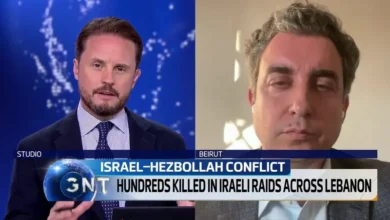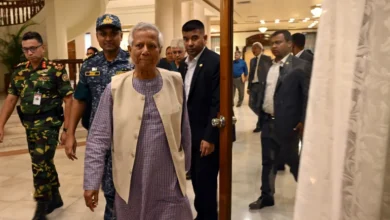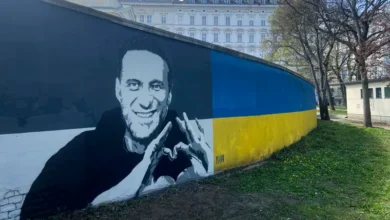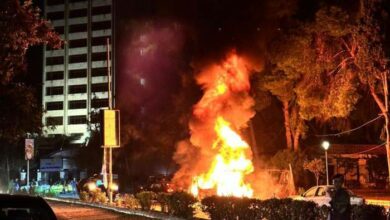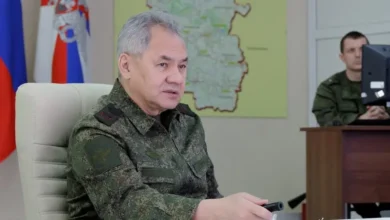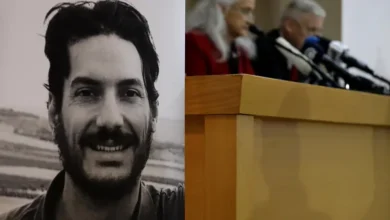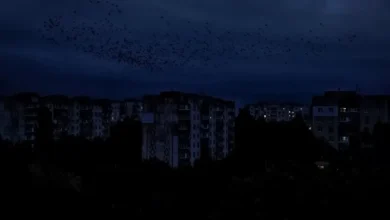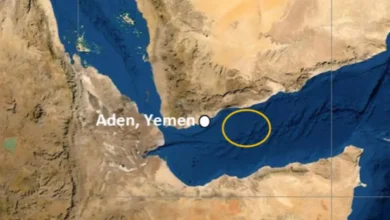Is Iranian military support for Russia’s war in Ukraine ‘at a new level’?
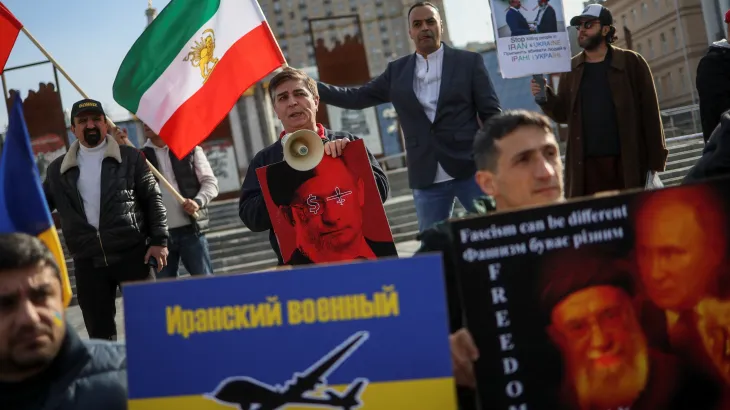
A Russian man who filmed a heavy drone that crashed in a field outside the western Russian village of Shirinka was jubilant.
In a video posted online on May 26, the unidentified man said the white drone belonged to Ukraine and carried “missiles”.
“I thought I saw my death,” retired nurse Oleksandra Kozodub told Al Jazeera, recalling the white, triangular Shahed she had seen in central Kyiv during a first heavy drone attack in October, 2022.
“I just sat on the asphalt and looked at it fly by,” she said about the attack that killed six, including a pregnant woman.
In dozens of subsequent attacks, swarms of the drones killed hundreds, destroyed power and transmission stations, and damaged residential buildings.
US national security adviser Jake Sullivan said Tehran’s arms put “Iran in a place where it could potentially be contributing to widespread war crimes”.
Kyiv accused Tehran of dispatching Islamic Revolutionary Guard Corps servicemen to Russia-occupied Ukrainian regions to instruct Russian troops on how to launch the Shaheds.
“We strongly deny this news,” Nasser Kanani, an Iranian foreign ministry spokesman, was quoted by AFP as saying on October 24, 2022.
Yet weeks later in November, Ukrainian intelligence claimed to have killed 10 such instructors in annexed Crimea.
Ukrainians learned quickly how to shoot down the Shaheds with assault rifles and advanced Western air defence systems.
Shaheds and Gerans overwhelm Western-supplied air defence systems, forcing Kyiv to spend expensive missiles on them – and then the Russians launch faster and much more destructive cruise missiles.
“Unfortunately for us, [Shaheds] are a danger we’re fighting with – rather effectively,” Lieutenant General Ihor Romanenko, ex-deputy chief of Ukraine’s General Staff of Armed Forces, told Al Jazeera. “But they still get through, strike, kill people.”
He compared the swarms of Shaheds with “meat marches”, frontal assaults by hundreds of Russian servicemen to identify weak spots in Ukrainian positions.
“They’re meat marches midair,” Romanenko said.
Russia’s use of Mohajer drones has mostly been limited to air patrols and the correction of strikes over the Black Sea.

